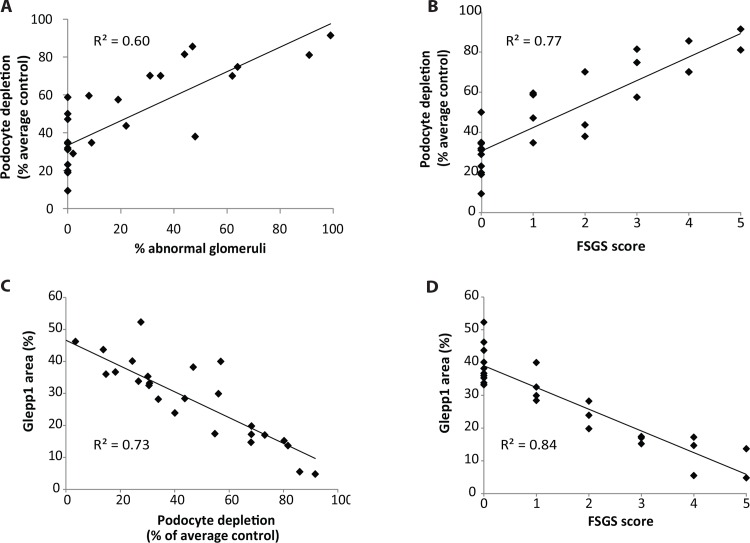Fig 4. Histologic parameters increase in proportion to podocyte depletion.
Panel A: The proportion of histologically detectable abnormal glomeruli present in a biopsy increases linearly in relation to the decrease in podocyte number per glomerulus after approximately 30% of podocytes have been lost. Panel B: Biopsies are scored as within normal limits (score 0), mesangial expansion only (score 1), or adhesions to Bowman’s capsule (score 2) or FSGS affecting <10% of glomeruli (score 3) or FSGS affecting >10% of glomeruli (score 4) or widespread glomerulosclerosis and interstitial fibrosis (score 5) increases. As the degree of podocyte depletion increases above 30% the histologic injury score increases. Note that no glomerular changes are present below 30% depletion, minor glomerular changes are associated with <50% depletion, major glomerular changes (FSGS and global glomerulosclerosis) are present above 50% podocyte depletion. Panel C and D: The Glepp1 area % as an alternative method of measuring podocyte density is highly correlated with the % podocyte depletion (R2 = 0.73) and FSGS scoring (R2 = 0.84). Spearman correlation coefficients are used in all panels.

